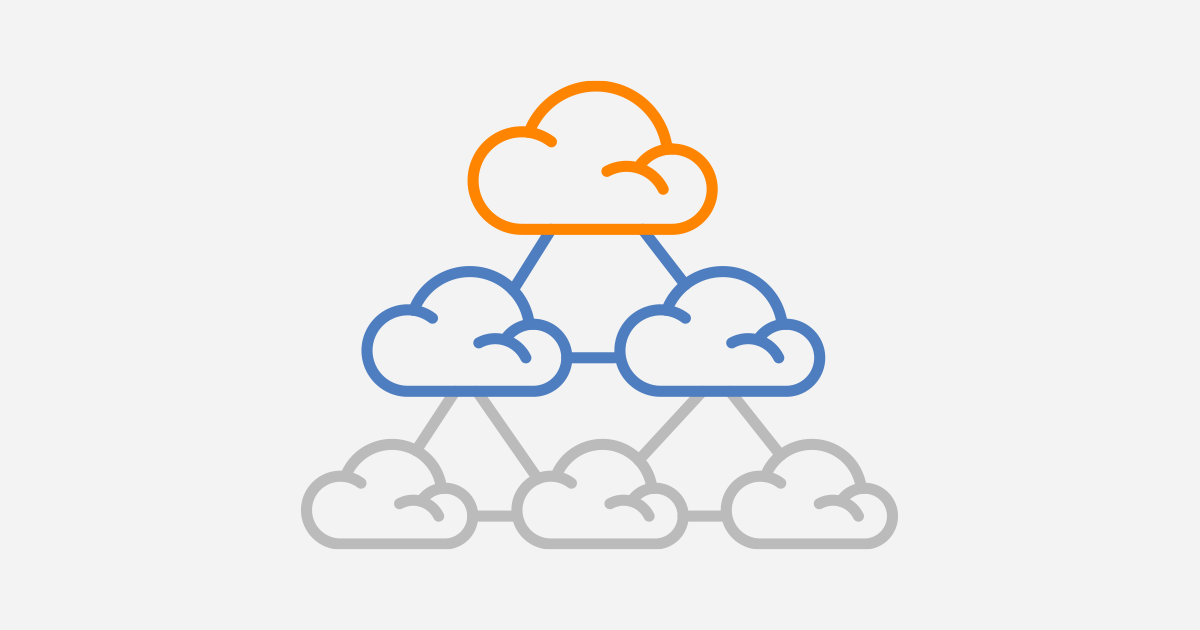In the field of connectivity and networking knowing the intricacies of IP transit pricing is vital for businesses seeking to optimize their processes while reducing costs efficiently. The pricing structure of IP transit is based upon a combination of ports and services. Each of these elements play a significant role in determining the total cost. Let’s set out to unravel the underlying economics behind IP transportation pricing, looking at crucial factors, strategies and the ramifications.
Port and Service Dynamics
IP transit pricing revolves around the utilization of ports and associated services. Each service is connected to a port, which allows to create flexible configurations for networks that can be tailored to meet specific requirements. It is essential to recognize that each port can accommodate various kinds of services. The cost of services varies based upon the product that is selected.

Understanding Committed Data Rate (CDR)
Committed Data Rate is the principal concept used in IP pricing for transit. It represents the lowest rate of data commitment a port has to make. CDRs must be at least 10% the dimension of the port to ensure a minimum level of connectivity. If, for instance, you choose to purchase an 10G port and the minimum commitment is be 1G. CDRs can be used as the base for pricing. The higher the commitment the lower will be per-unit charges.
The burst above CDR
IP transit ports can support burst over CDR. This allows businesses to cope with sudden surges in traffic. The burst traffic feature is the same cost per Mbps as CDR. This flexibility is available without additional costs. This is especially beneficial for companies that have changing usage patterns or seasonal fluctuations in the network’s activity.
Factors Influencing Pricing
The size of the data rate committed, the port speed chosen, and the amount of traffic are the main factors that affect IP transit pricing. In general, higher CDRs and faster port speeds result in lower unit prices. This encourages businesses to upgrade their connectivity so that they can cut expenses. Pricing agreements can also be affected by the level of competition in a market and customer negotiating power.
Cost Optimization and Maximizing Value
To maximize the benefit of IP transit an approach that is strategic must be taken in order to optimize budgets. Businesses must conduct a thorough assessment of their network needs and requirements, which includes factors like traffic volumes expected along with scaling requirements, as well as the performance goals. By coordinating their needs with the most suitable pricing plans and services businesses can be sure they are getting the most from their investment.
Strategies for Managing Costs
Cost management techniques that are effective will assist businesses to reduce the effects of IP transportation costs on budgets. This includes conducting regular reviews of price agreements to discover opportunities for optimization or renewal. Utilizing the insights gained from monitoring and network analytics tools can also enable proactive decision-making, allowing businesses to change their configurations automatically in response to changing needs.
Future-proofing is vital.
In a rapidly evolving technological landscape, future-proofing your network infrastructure is vital for long-term viability. In evaluating IP transit cost options, organizations should consider not just their current requirements, but also anticipated future expansion and growth. Choosing scalable solutions that offer flexibility and the ability to expand can reduce the need for costly upgrade later on.
Compare the pricing models and providers.
In the world of IP transit, there are a wide range of service providers. Each has its own distinctive pricing system and service offering. Companies can determine the most suitable service for their requirements by comparing different providers, including factors such as reliability and performance, customer support, as well as pricing. It’s crucial to look beyond only the bottom line and take into account the worth proposition of each service.
The article’s conclusion is:
To conclude, understanding the economics behind IP pricing for transit is crucial to have a clear knowledge of the various factors, dynamics and strategies that play a role. Businesses can maximize the benefit of their investments by taking advantage insights about the dynamics of port and service and optimizing budgets. Through strategic planning and careful making of decisions, businesses can construct strong networks that can perform and can help them grow in a more interconnected world.
